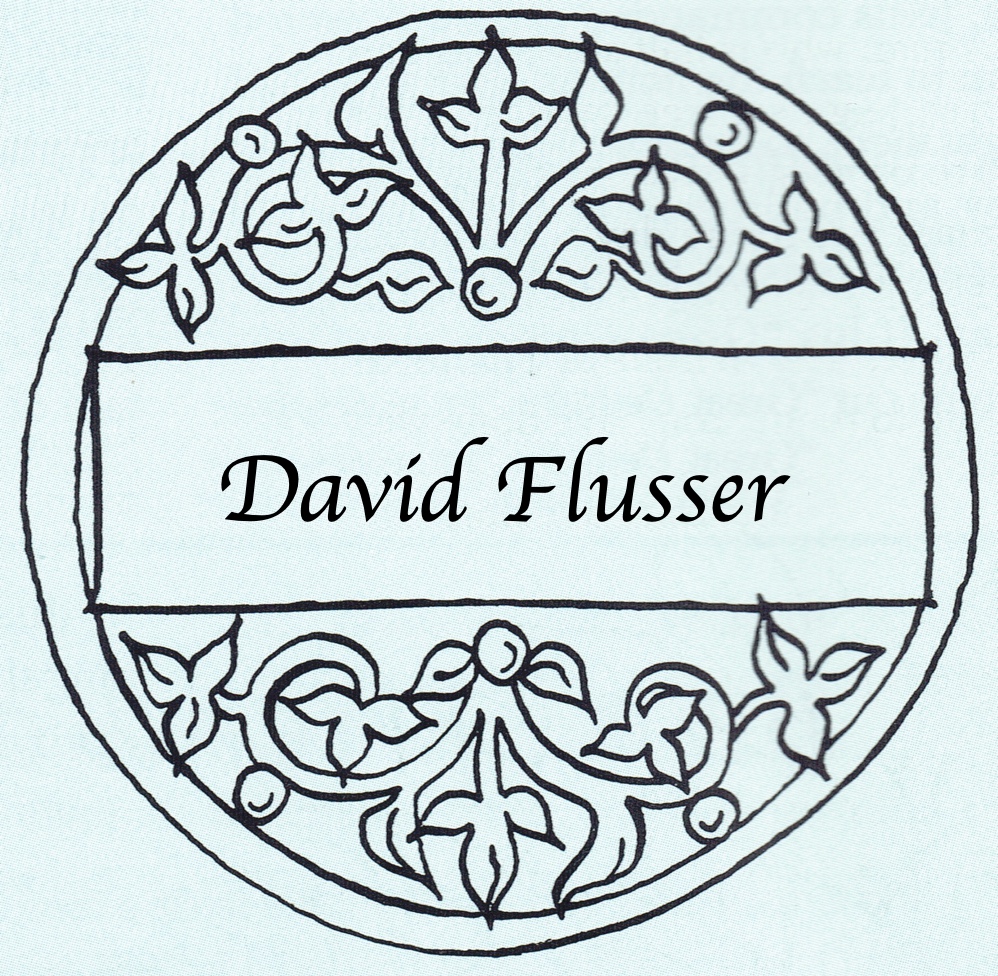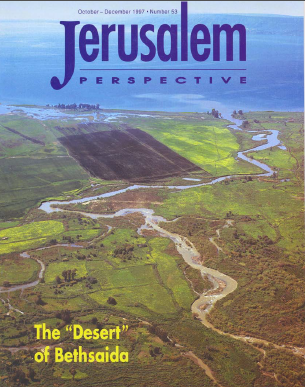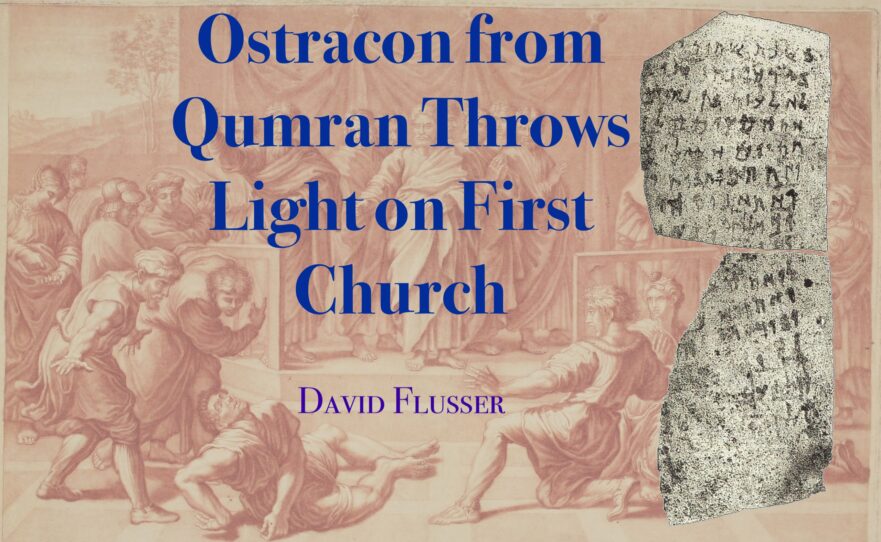Riches they [the Essenes] despise, and their community of goods is truly admirable; you will not find one among them distinguished by greater opulence than another. They have a law that new members on admission to the sect shall confiscate their property to the order, with the result that you will nowhere see either abject poverty or inordinate wealth; the individual’s possessions join the common stock and all, like brothers, enjoy a single patrimony.
(Josephus, War 2:122-123, Loeb ed.)
The company of the believers were one in heart and soul. No one claimed that any of his possessions was his own, but they had everything in common… There were no needy persons among them, for those who owned pieces of land or houses sold them and brought the proceeds and put it at the apostles’ feet, and it was distributed to each person according to his need.
(Acts 4:32, 34-35)

A potsherd recently unearthed at the Essene settlement of Qumran is of primary importance for understanding the development of the primitive Jerusalem church.[10] The Dutch theologian Hugo Grotius (1583-1645) already noted in his New Testament commentary[11] the similarity between the New Testament’s description of the Jerusalem church’s community of wealth (Acts 2:44-45) and Josephus’ description of the Essenes’ community of wealth (War 2:122-123). In his comments on Acts 2:44, Grotius assembled all the material from ancient authors pertinent to this point. Stories in the book of Acts about Barnabas (4:36-37) and Ananias and Sapphira (5:1-11) are also illuminated by the newly discovered sherd from Qumran.
Premium Members and Friends of JP must be signed in to view this content.
If you are not a Premium Member or Friend, please consider registering. Prices start at $5/month if paid annually, with other options for monthly and quarterly and more: Sign Up For Premium

- [1] See David Flusser, "Jesus’ Opinion about the Essenes," Judaism and the Origins of Christianity (Jerusalem: The Magnes Press, 1988), pp. 150-168. ↩
- [2] 1QS 6:18: ובמילאת לו שנה בתוך היחד (uvimle'at lo shanah vetoch hayaHad, "and when he has completed a year in the ;Yahad..."). ↩
- [3] 1QS 6:19-20: אל יד האיש המבקר על מלאכת הרבים (el yad ha'ish hamevaker al melechet harabim, "[His wealth shall be turned over] to the Bursar of the Community"). ↩
- [4] 1QS 6:20-21: עד מילאת לו שנה שנית בתוך אנשי היחד (ad mele'at lo shanah shenit betoch anshe hayaHad, "prior to his completion of a second year among the men of the Yahad"); ובמילאת לו השנה השנית (uvimle'at lo hashanah hashenit, "and when he has completed the second year"). ↩
- [5] 1QS 6:21-23. ↩
- [6] For a discussion of the topographical problems related to the identification of Holon, see Cross and Eshel, "Ostraca from Khirbet Qumrân," 22, note 23. ↩
- [7] See above, note 5. ↩
- [8] וכמלותו ליחד (vechimloto layaHad). This corresponds to the beginning of 1QS 6:18 (see above, note 4)! The same verb occurs no less than three times in this passage (lines 17, 18, 21). ↩
- [9] Hisday of Holon was surely a non-Jewish slave. ↩
- [10] The ostracon was discovered in the winter of 1996 by an archaeological expedition directed by Prof. James F. Strange excavating at the Essene community center at Qumran, at the base of the outside face of the center’s eastern perimeter wall. Prof. Strange assigned publication of the inscription to Frank Moore Cross of Harvard University and Esther Eshel of the Hebrew University of Jerusalem. Cross and Eshel published the inscription in Frank Moore Cross and Esther Eshel, “Ostraca from Khirbet Qumrân,” Israel Exploration Journal 47 (1997), 17-28. According to the authors, the script of the ostracon is Late Herodian (20-68 C.E.). ↩
- [11] Annotationes on the New Testament, published in three volumes between 1641 and 1650. ↩


![David Flusser [1917-2000]](https://www.jerusalemperspective.com/wp-content/uploads/userphoto/21.jpg)
